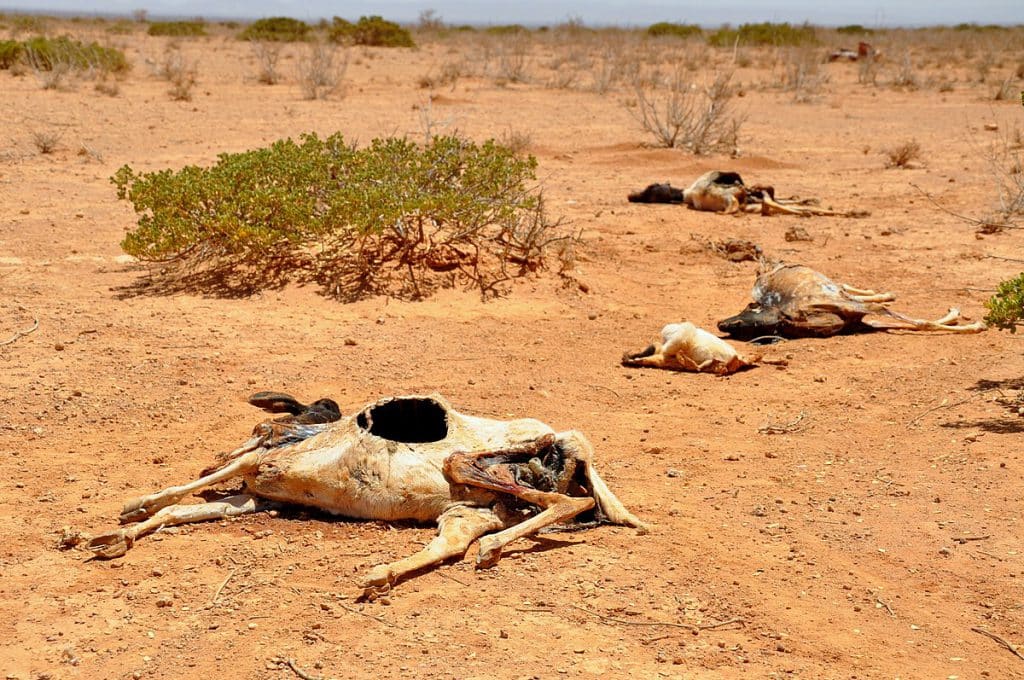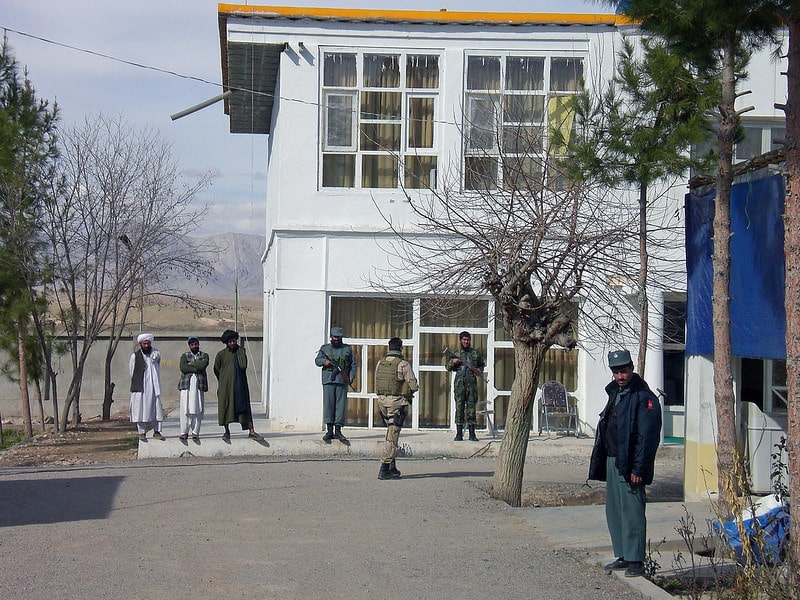Drought Horn of Africa in 2011 (Photo: Wikimedia Commons)
Parts of the Horn of Africa are facing extreme drought. The worsening crisis by the day is not getting much-needed attention because of the war in Ukraine. Dire food shortages are exacerbated by rising grain prices. The drylands lack attention, financial support and a long-term vision with regard to climate adaptation.
The Horn of Africa is a region that has been ravaged by drought for more than 40 years, but the current drought is described by its people as unprecedented. For three years now, rain has been virtually absent during the "rainy season" and the region is now heading for catastrophe. Water shortages, food shortages, dying livestock and totally infertile land are among the consequences for the inhabitants of large parts of Ethiopia, Kenya and Somalia. Especially in rural areas, the situation is dire, causing people to flock to the cities.
A host of aid organisations were already sounding the alarm in February, but the West's focus has been mainly on Ukraine since Russia's invasion. At the same time, a disaster of potentially unprecedented proportions is unfolding. UNICEF recently reported that only 3 per cent of funding has yet come in to provide the region with current emergency aid. The demand for it will only increase as long as rain fails to arrive.
Not only is the news surrounding the drought being snowed under by Russia's invasion, the war is also exacerbating the crisis in East Africa. Ethiopia, Kenya and Somalia import 67 per cent, 89 per cent and 92 per cent of their grain from Russia and Ukraine, respectively. Supply lines are blocked and grain is mostly used for domestic demand. As a result, food prices are skyrocketing in drought-hit African regions.
In the short term, what is needed is: attention to the situation and financial support. However, of even greater importance is a long-term vision for the region. The current drought is not a one-off occurrence. The 2011 drought also caused a humanitarian crisis. And the years since 2016 when rain was absent were followed up with rainy seasons causing massive floods. Because of the excess vegetation, giant infestations of locusts then arose. The climate is changing and this needs to be anticipated.
Covid-19 has been a priority for two years, now it lies with a hideous war on the European continent, but the crisis in the Horn of Africa cannot stay under the radar. The African continent contributes to only 3 per cent of CO2 emissions, while increasingly suffering the negative consequences. Countries responsible for the lion's share of CO2 emissions must offer the African continent support in this regard. There should be no shortage of African voices in the dialogue on the forms of this.
Sources: AllAfrica / Aljazeera / DW / National Geographic / UNICEF / United Nations
Image: Horn of Africa drought in 2011 Wikimedia





